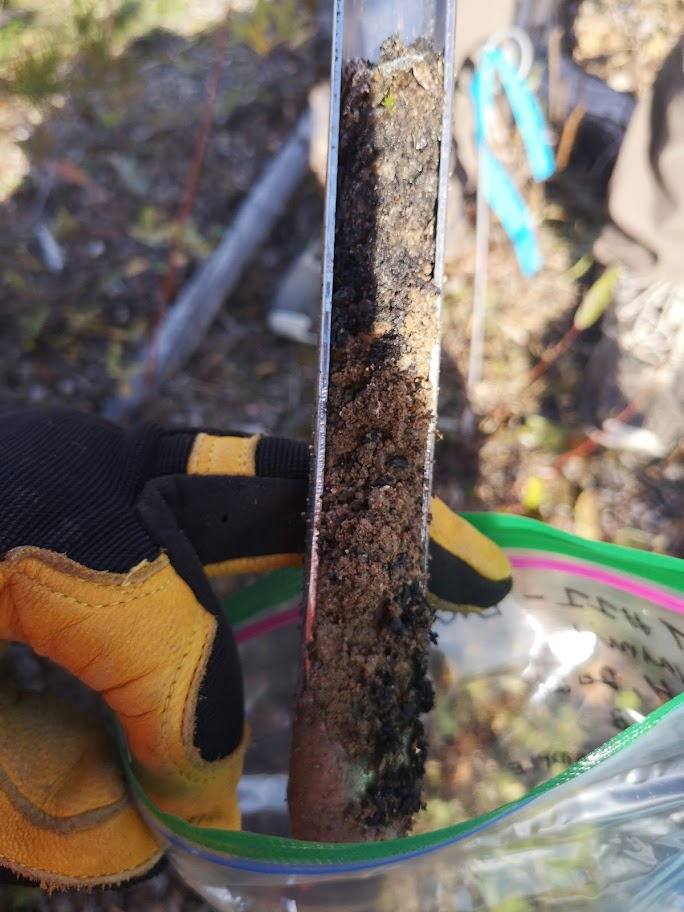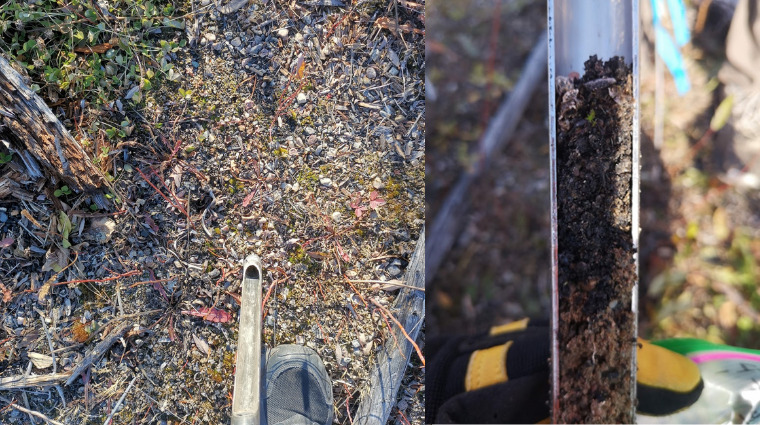Biochar: Where Science meets Art.
I love good music and respect those that know how to make it happen. The right instrument in the hands of a talented musician is simply beautiful. The same cannot be said when a poorly tuned instrument or no musical aptitude arrives on stage.
The production of a musical work of art has many similarities to sector-leading land reclamation solutions in the Boreal Forest. As much of an art as it is a science, the best forestland reclamation happens when competent and creative thinking consultants are paired with the right tools and empowered to succeed. Land reclamation consultants use numerous instruments in the completion of tasks, calling upon all sorts of devices to diagnose and resolve environmental deficiencies. Over the past decades, the variety and complexity of a consultant’s suite of accessories have broadened, beyond clipboards, write-on-rain paper, and pencils, to any combination of data loggers, laptops, sampling equipment and methods, and cameras, to name just a few. So like the musician and their instrument, when the environmental professional and their gadgets are properly paired, the results are bound to impress!
To properly play their instruments both the musician and the forestland consultant have to work hard to grow their talents. For most people, this does not happen overnight. It takes time, education, practice, and a lot of perseverance. When done well this dedication not only produces the confidence and competencies to perform well but its results can be relied upon to deliver the outcomes the audience has paid to see.
At the SustainTech 2022 Conference in Saskatoon, Saskatchewan, Deanna van Muyen shared Reclaimit’s learnings in the application of biochar to restore soil after an industrial disturbance. Biochar is a 2000-year-old solution borne out of the land management practices of the Indigenous peoples in the Amazon Basin. When properly understood and correctly applied, biochar has a useful application in a North American context. For Reclaimit that means its proper use in the restoration of forestland ecosystems after an industrial disturbance.

Sample of reclaimed growing medium, where subsoil is amended with biochar. Black layer in the top of the core comprises inoculated biochar and newly forming soil. Development after 3 growing seasons, Boreal Forest reclamation site, Saskatchewan, Canada, 2021.
Thanks to the support of Saskatchewan Polytechnic, Reclaimit’s research demonstrated that when correctly used, biochar is another viable tool in the company’s environmental solution tool kit. But just like a musical instrument or digital technology needs to be tuned, biochar’s parameters for proper application need to be established. Not all biochar is alike, and its uses continue to be discovered. Thus, for the Reclaimit consultancy, the use of biochar as a part of forestland reclamation solutions is just beginning. New and exciting discoveries lie ahead!
Check out the highlights of biochar’s relevance in the Boreal Forest reclamation business published in the Western Producer.
Have a question about my blog articles, reclamation services, or have a forestry-related question? Click here to drop me an email!
Did you like this article? You may also like the blog entitled Saturday Science – A lad and his sticks.

